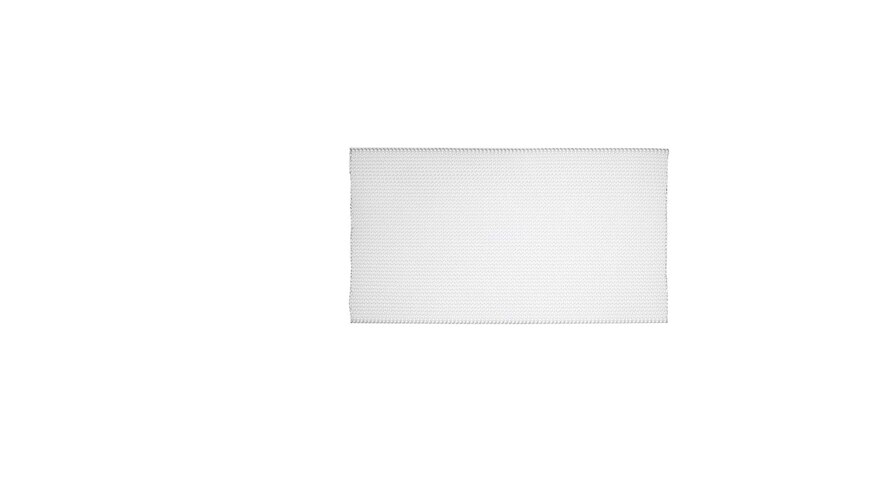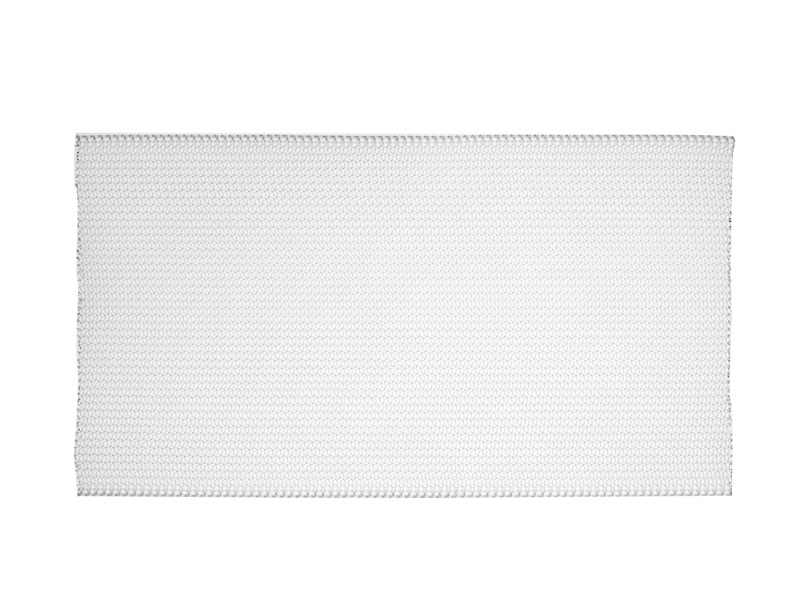1 Amid, Shulman, Lichtenstein. “Selecting Synthetic Mesh for the Repair of Groin Hernia.” Postgraduate General Surgery. 1992:4:150-155.
INDICATIONS
Bard® Mesh is indicated to reinforce soft tissue where weakness exists, i.e., repair of hernias and chest wall defects.
CONTRAINDICATIONS
Literature reports there may be a possibility for adhesion formation when Bard® Mesh is placed in direct contact with the bowel or viscera. Do not use Bard® Mesh in infants or children, whereby future growth will be compromised by use of such material.
Literature reports there may be a possibility for adhesion formation when the polypropylene is placed in direct contact with the bowel or viscera.
WARNINGS
If an infection develops, treat the infection aggressively. Consideration should be given regarding the need to remove the mesh. An unresolved infection may require removal of the device.
ADVERSE REACTIONS
Possible complications include seroma, adhesions, hematoma, inflammation, extrusion, fistula formation and recurrence of the hernia or soft tissue defect. Erosion and migration of the mesh have been reported in gastric banding procedures.
Please consult package insert for more detailed safety information and instructions for use.
Please note, not all products, services or features of products and services may be available in your local area. Please check with your local BD representative






